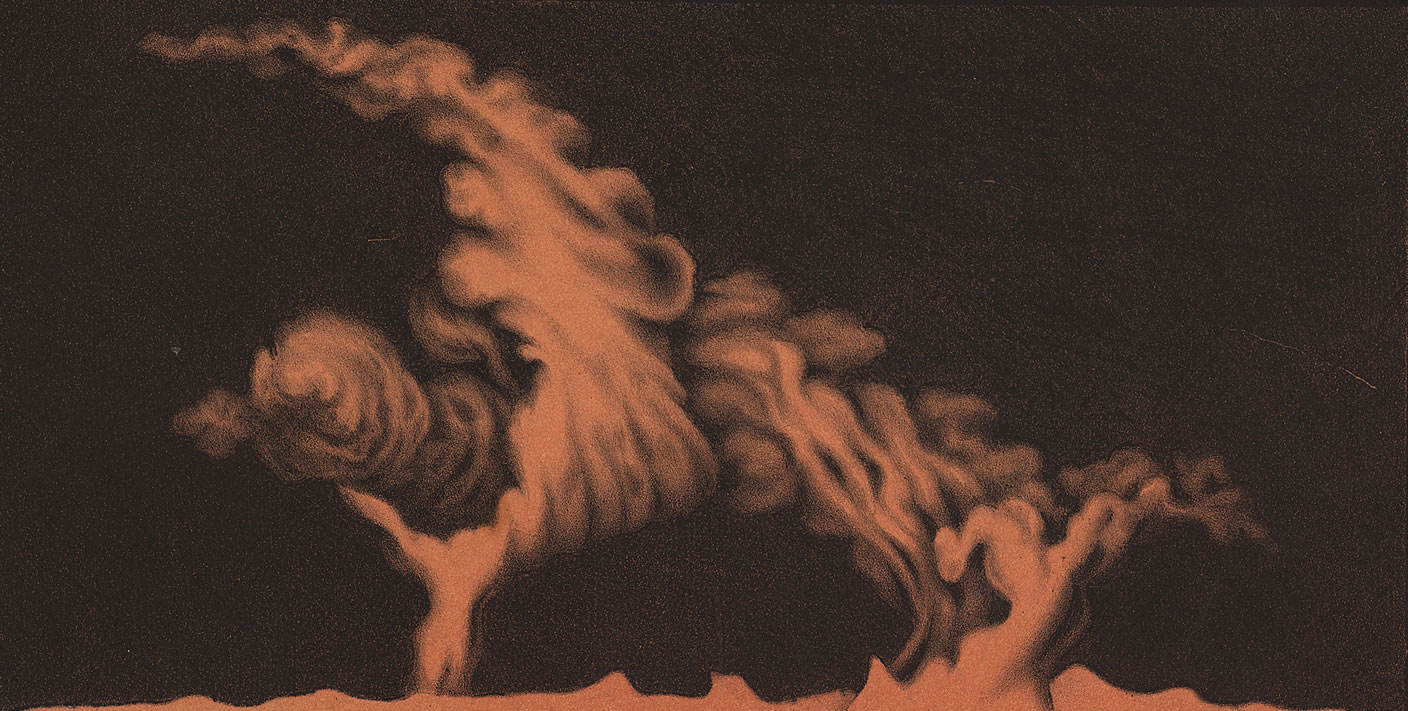Phenomena during solar eclipses
Partial solar eclipses
A partial solar eclipse already attracts interest because the phases can be observed well. Light deterioration accompanied by peculiar hues usually occurs and a drop in temperature is perceptible.
Photographs from the personal papers of Alfred Wolfer
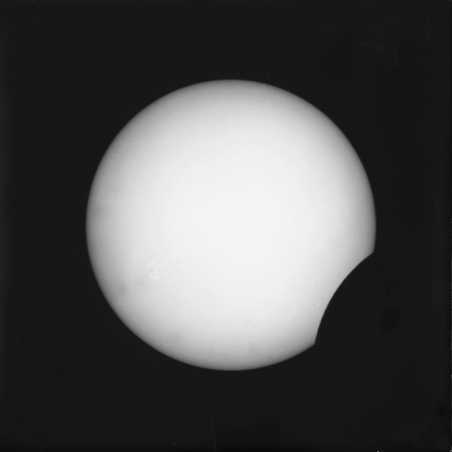 Partial solar eclipse in Zurich on 17 April 1912
Partial solar eclipse in Zurich on 17 April 1912
Photographs from the personal papers of Alfred Wolfer
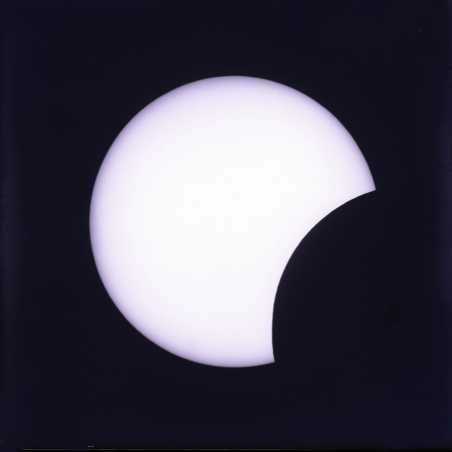 Partial solar eclipse in Zurich on 17 April 1912
Partial solar eclipse in Zurich on 17 April 1912
Photographs from the personal papers of Alfred Wolfer
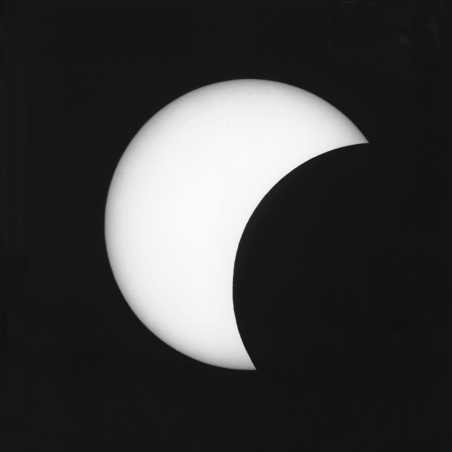 Partial solar eclipse in Zurich on 17 April 1912
Partial solar eclipse in Zurich on 17 April 1912
Photographs from the personal papers of Alfred Wolfer
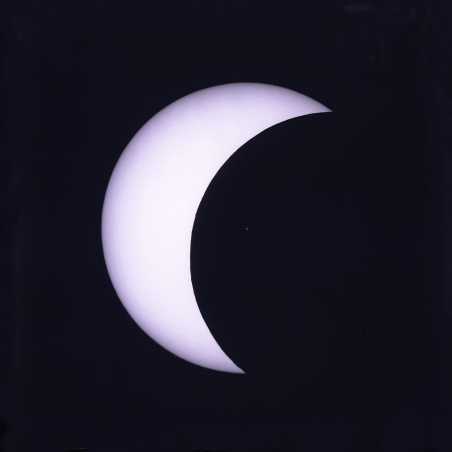 Partial solar eclipse in Zurich on 17 April 1912
Partial solar eclipse in Zurich on 17 April 1912
Photographs from the personal papers of Alfred Wolfer
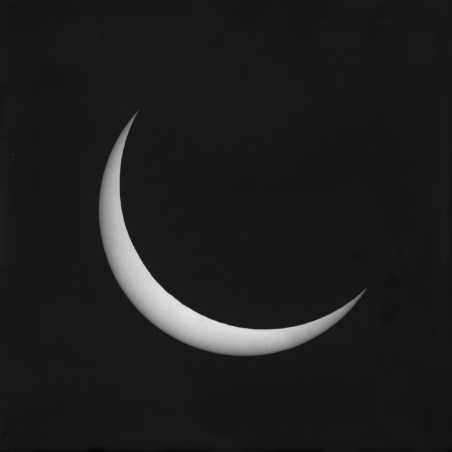 Partial solar eclipse in Zurich on 17 April 1912
Partial solar eclipse in Zurich on 17 April 1912
Photographs from the personal papers of Alfred Wolfer
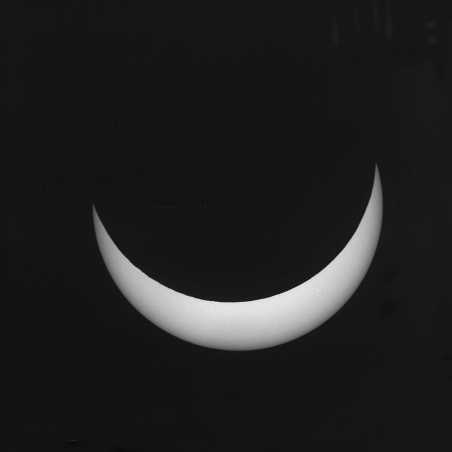 Partial solar eclipse in Zurich on 17 April 1912
Partial solar eclipse in Zurich on 17 April 1912
Photographs from the personal papers of Alfred Wolfer
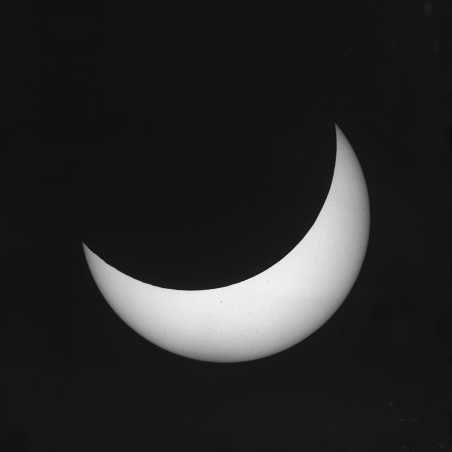 Partial solar eclipse in Zurich on 17 April 1912
Partial solar eclipse in Zurich on 17 April 1912
Photographs from the personal papers of Alfred Wolfer
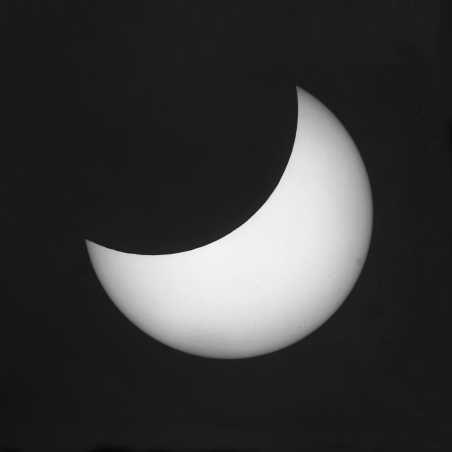 Partial solar eclipse in Zurich on 17 April 1912
Partial solar eclipse in Zurich on 17 April 1912
Photographs from the personal papers of Alfred Wolfer
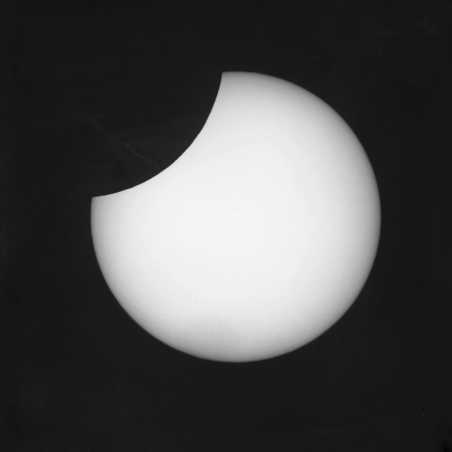 Partial solar eclipse in Zurich on 17 April 1912
Partial solar eclipse in Zurich on 17 April 1912
Photographs from the personal papers of Alfred Wolfer
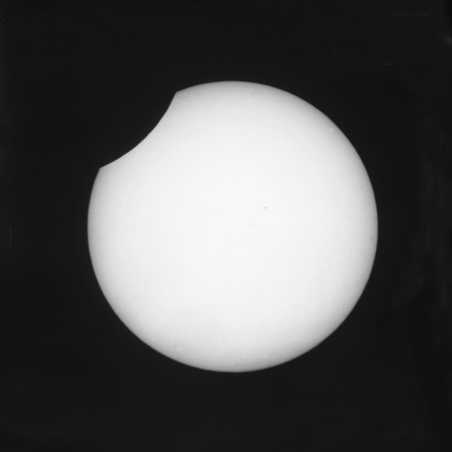
Annular Solar Eclipses
In the case of annular solar eclipses, curious optical phenomena appear during the formation and breaking of the ring. Because of the craters, the moon's edge is not smooth so mountains can protrude somewhat over the sun’s disc. Nevertheless, sunlight still pours through the valleys on the moon's edge and small, light dots develop, called the Baily's beads, Diamond ring or String of pearls effect.
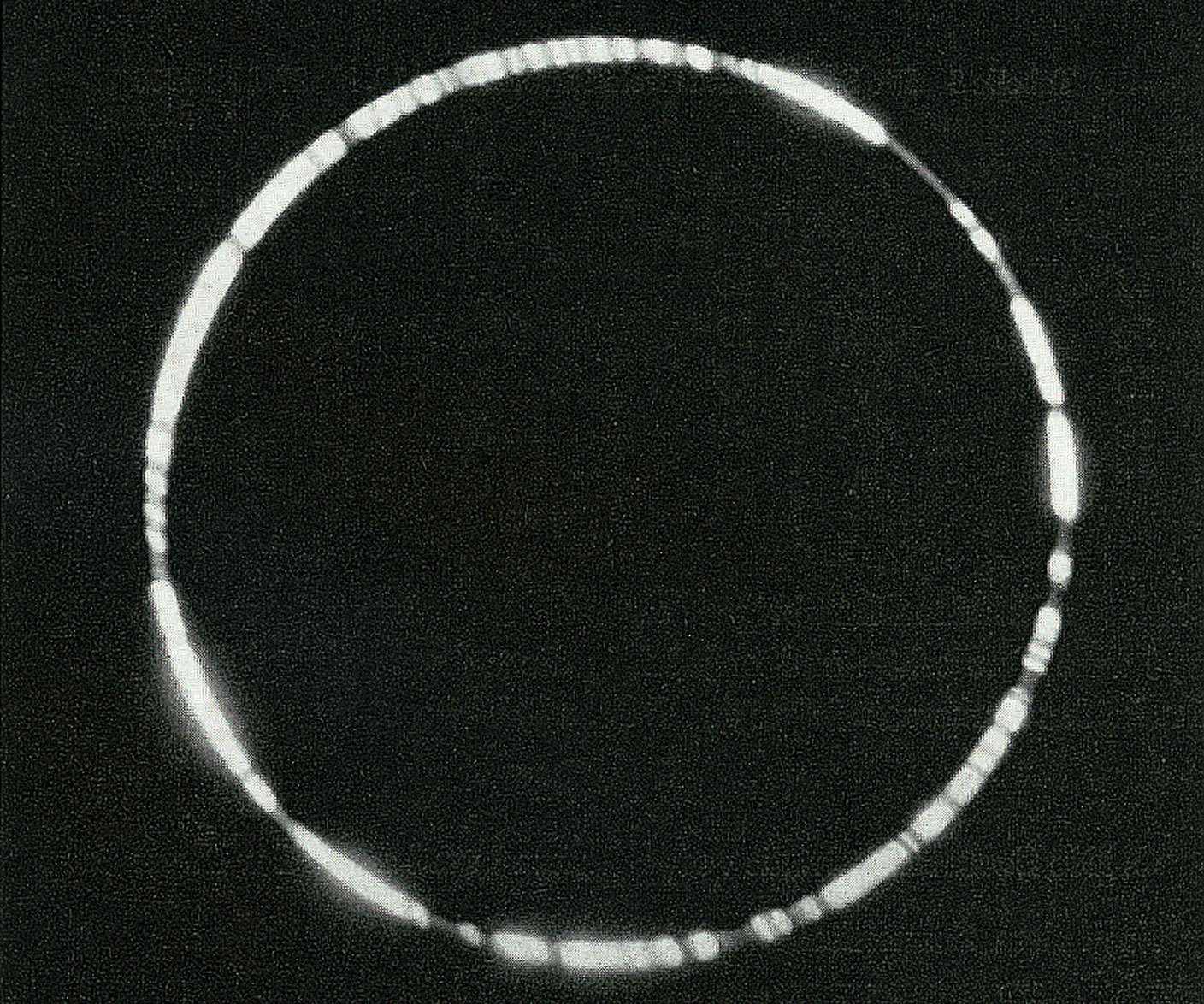
Total solar eclipses
The rare spectacle of a total solar eclipse at a given place leaves an overwhelming impression on all onlookers.
At high altitude, the rapid approach of the moon's shadow can be followed shortly before the sun is covered completely. The colours in the vicinity and the open landscape begin to dull. Just before the totality, so-called shadow bands – dark, thin strips hurrying across the ground – can be seen on large, even areas. These are formed by irregularities in the earth's atmosphere.
If a total solar eclipse takes place in a clear sky, lighter stars also become visible. During the full eclipse, planets can even be seen.
For around three hours, the sunlight in the totality area is reduced and the air temperature drops by around five degrees Celsius. The heavy reduction in sunlight not only has a considerable influence on the temperature, but also the wind, cloud cover and humidity. An eclipse wind is famous: it has the advantage of still being able to disperse existing cloud fields in time.
The most impressive phenomena during a total solar eclipse are undoubtedly the prominences and the corona. First of all, the onlooker notices the red dots on the edge of the sun. These are prominences, gaseous eruptions on the surface of the sun which are always present, but can only be seen without special apparatus during a total solar eclipse. Then, once the eye has grown accustomed to the darkness, the corona becomes visible as a white halo – the sun’s uppermost atmosphere, heavily thinned gases. The corona merges boundlessly into space, its density drops extremely rapidly towards the outside and its temperature is 1 million degrees Celsius.
